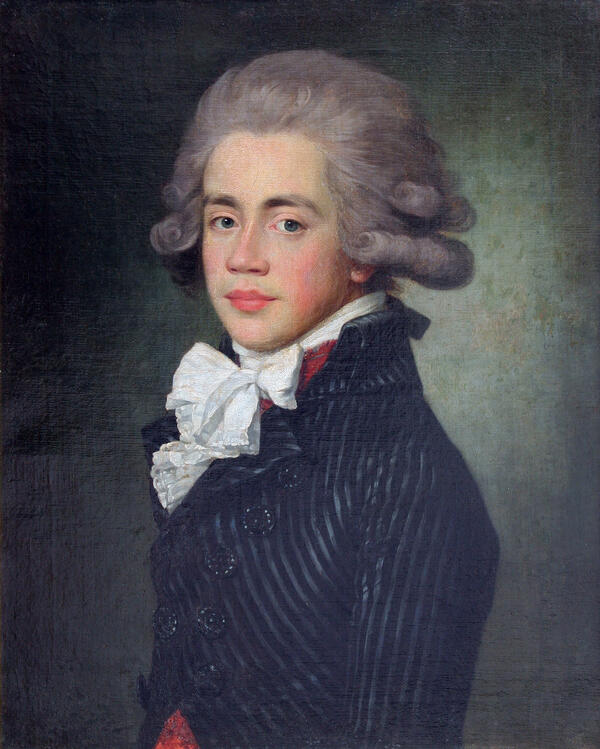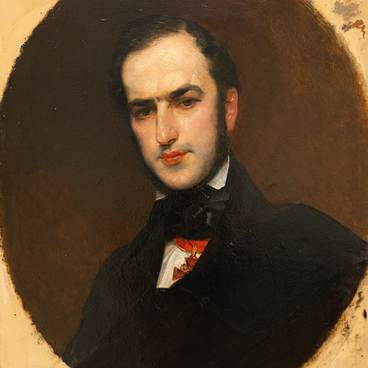The Pskov Museum Reserve houses a painting by the French portraitist Jean-Louis Voille. Not widely known in France, the artist lived and worked in Saint Petersburg for over 30 years.
Jean-Louis Voille studied under the guidance of the Rococo artist François-Hubert Drouais at the Royal Academy of Painting and Sculpture in France. Voille came to Saint Petersburg as an actor. In the 1760s, he became known in the Russian Empire as a portraitist. In 1780, he was appointed the court artist of Grand Duke Pavel Petrovich who later became Emperor Paul I.
In Russia, Jean-Louis Voille painted many chamber portraits of members of the imperial family and high-ranking Saint Petersburg nobility. His portraits combine grandeur and intimacy.
The museum’s exhibition includes a portrait of the young Baron Grigory Alexandrovich Stroganov, a future count and a member of the tenth generation of the Stroganov dynasty.
“The vast majority of paintings belong to the traditional type of a half-length chamber portrait, in which the subject’s body is depicted in a three-quarter turn and the head is nearly facing forward… The artist avoids showing the hands but still uses their expressive potential. In male portraits, the artist prefers a more concise silhouette. In Voille’s works, the balance between the figure and the background is precisely calculated, creating an impression of freedom and not adding any additional meaning to the free space,” wrote the art critic Lyudmila Yuryevna Rudneva.
Grigory Stroganov received his education at home and traveled throughout Europe for several years. After his father’s death, he inherited the Stroganov Palace at the corner of Nevsky Prospect and the Moyka River in Saint Petersburg. He served as a privy councilor and member of the State Council. He was also the Russian envoy to Sweden, Spain, and Constantinople and was awarded many orders.
Grigory Alexandrovich Stroganov was the cousin of
Natalia Ivanovna Goncharova. Her daughter was Natalia Nikolayevna Goncharova,
the wife of Alexander Sergeyevich Pushkin. After the poet’s death, Grigory
Stroganov organized his funeral and became the guardian of the Pushkin family
and property.






